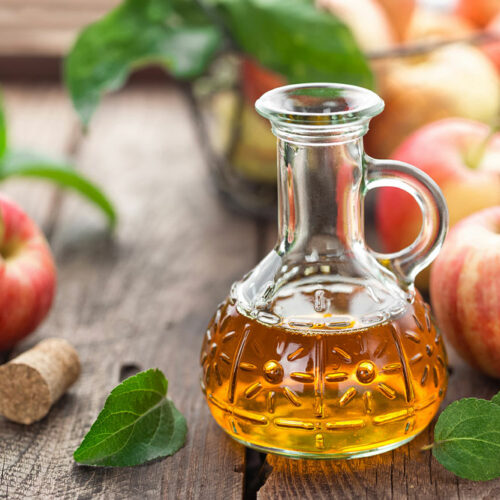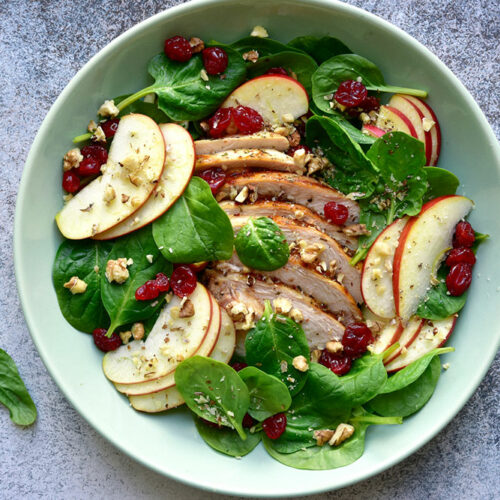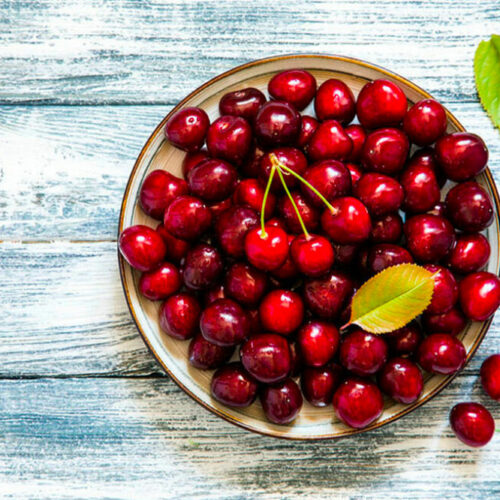13 telltale signs of eosinophilic esophagitis

Eosinophilic esophagitis (EoE) is a chronic esophagus disease, and its impact on daily life is significant. Characterized by the inflammation of the esophagus, EoE can manifest through various symptoms. This article delves into the often-overlooked signs and symptoms of EoE, shedding light on this condition that affects the esophagus and exploring how it manifests in those who experience it. Understanding these telltale signs is essential for early recognition and appropriate medical attention. Difficulty swallowing One of the most common signs of EoE is dysphagia which refers to a medical term for difficulty swallowing. Individuals with EoE may experience a sensation of food becoming stuck in their throat or chest, making eating a challenging and sometimes painful process. Food impactions EoE can lead to food impactions, where solid food pieces remain lodged in the esophagus. This can be a frightening experience and often requires medical intervention to remove the obstructing food. Persistent heartburn Individuals with EoE often experience chronic heartburn that does not respond well to over-the-counter antacids or lifestyle changes. This persistent heartburn can significantly impact their quality of life. Regurgitation EoE can cause regurgitation, where undigested food and stomach acid flow back into the mouth. This can be not only uncomfortable but also embarrassing for those affected.






